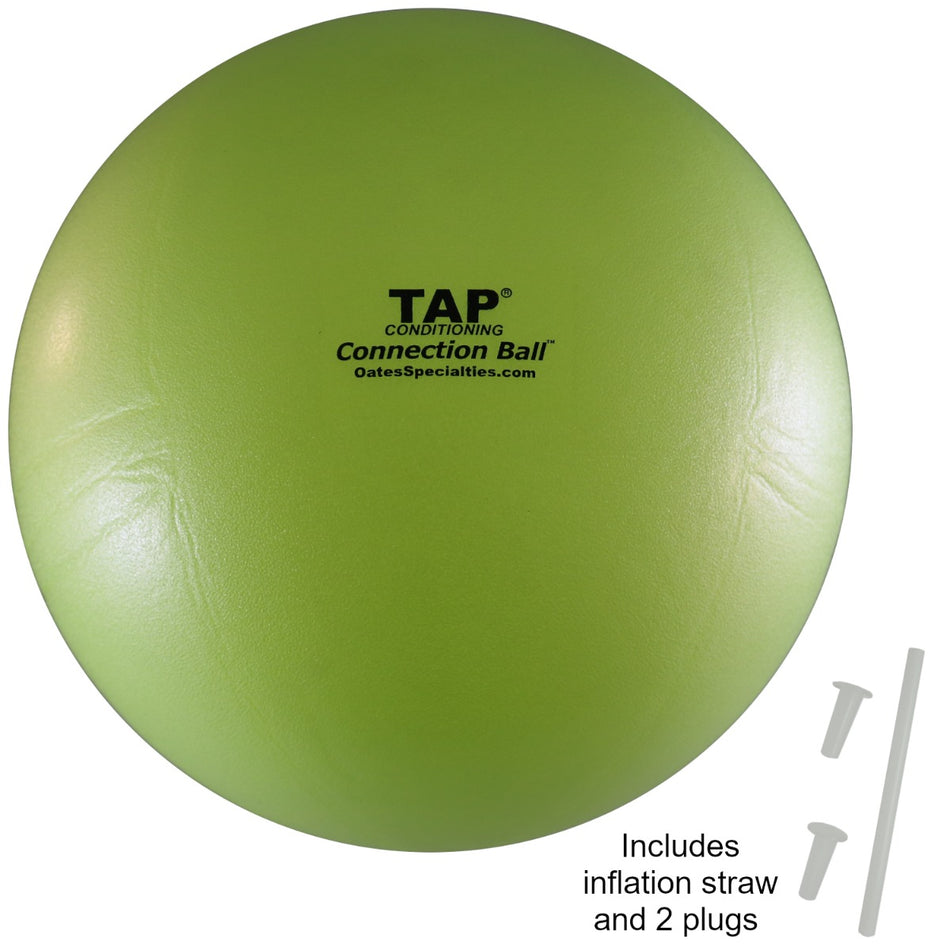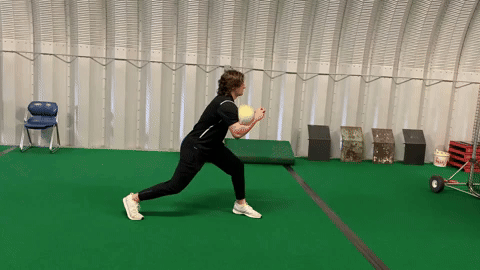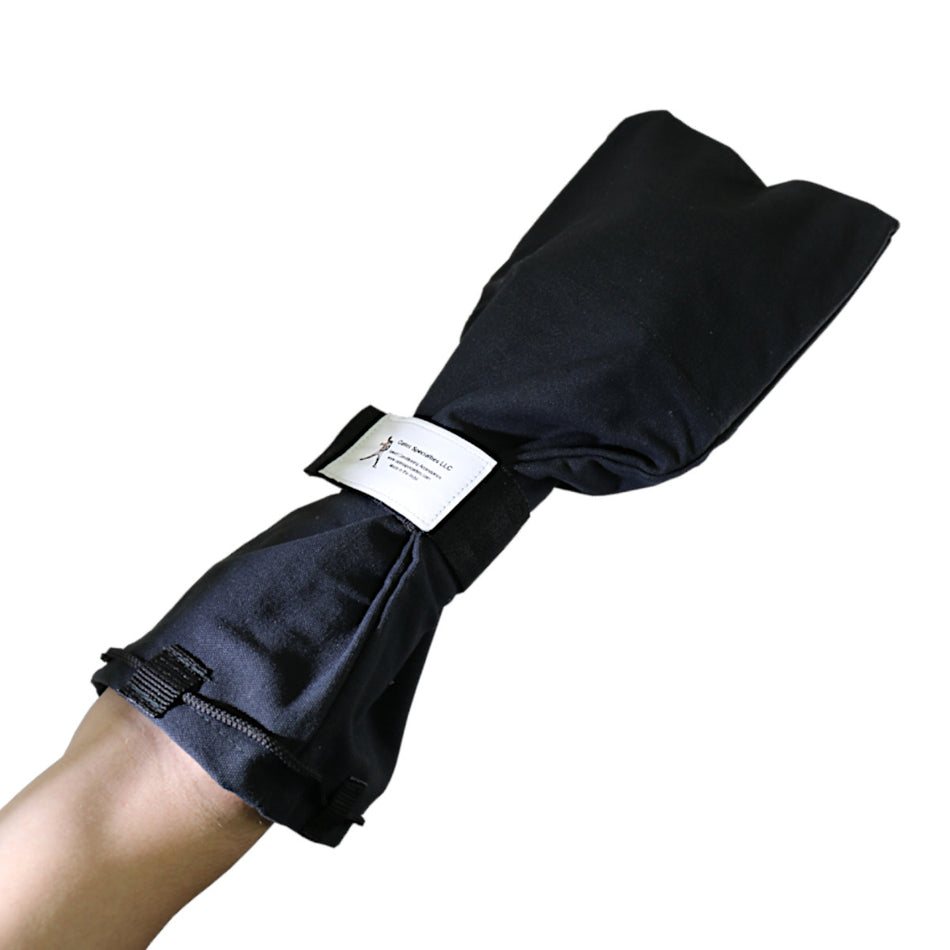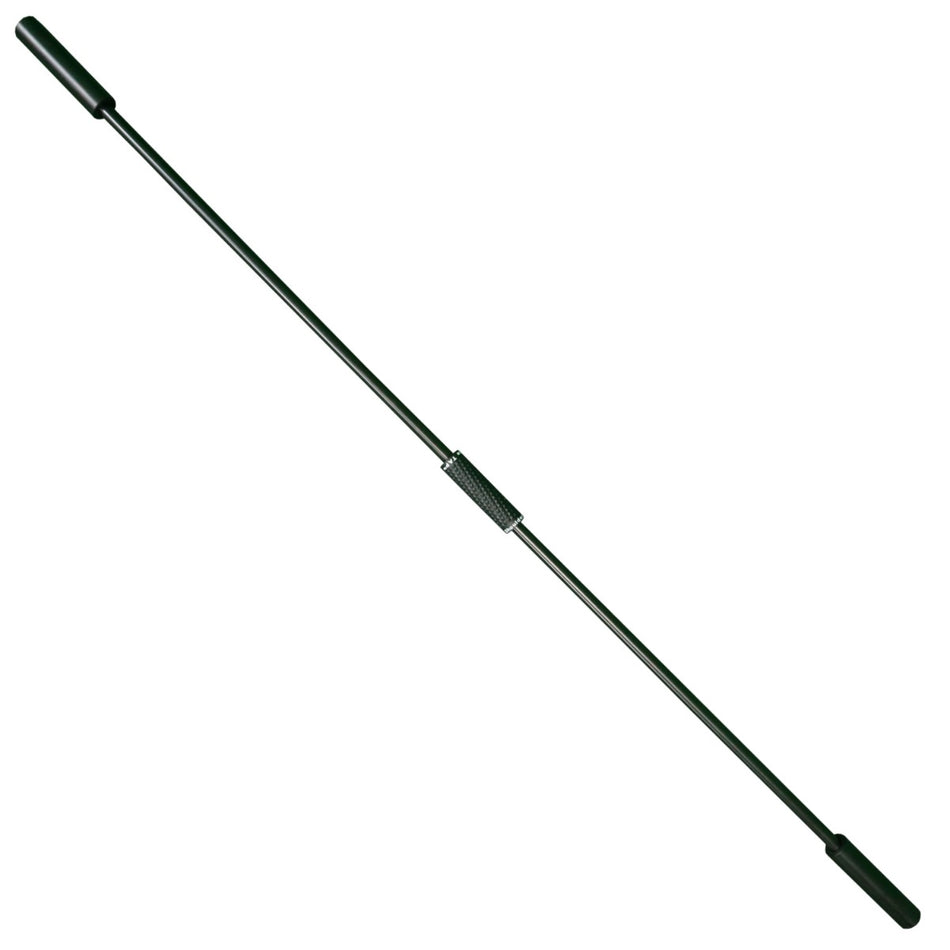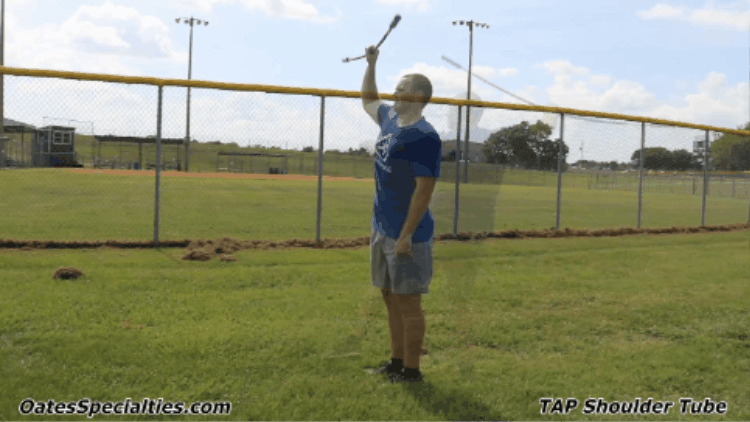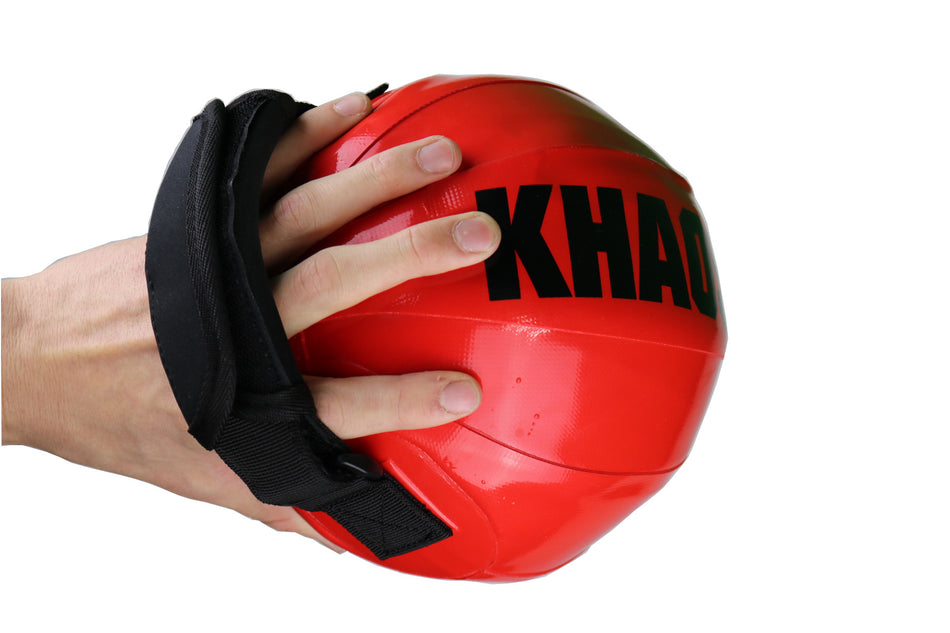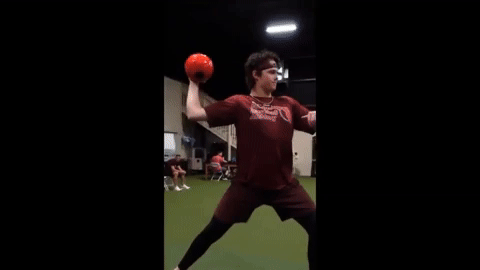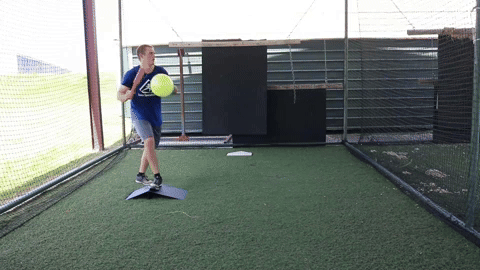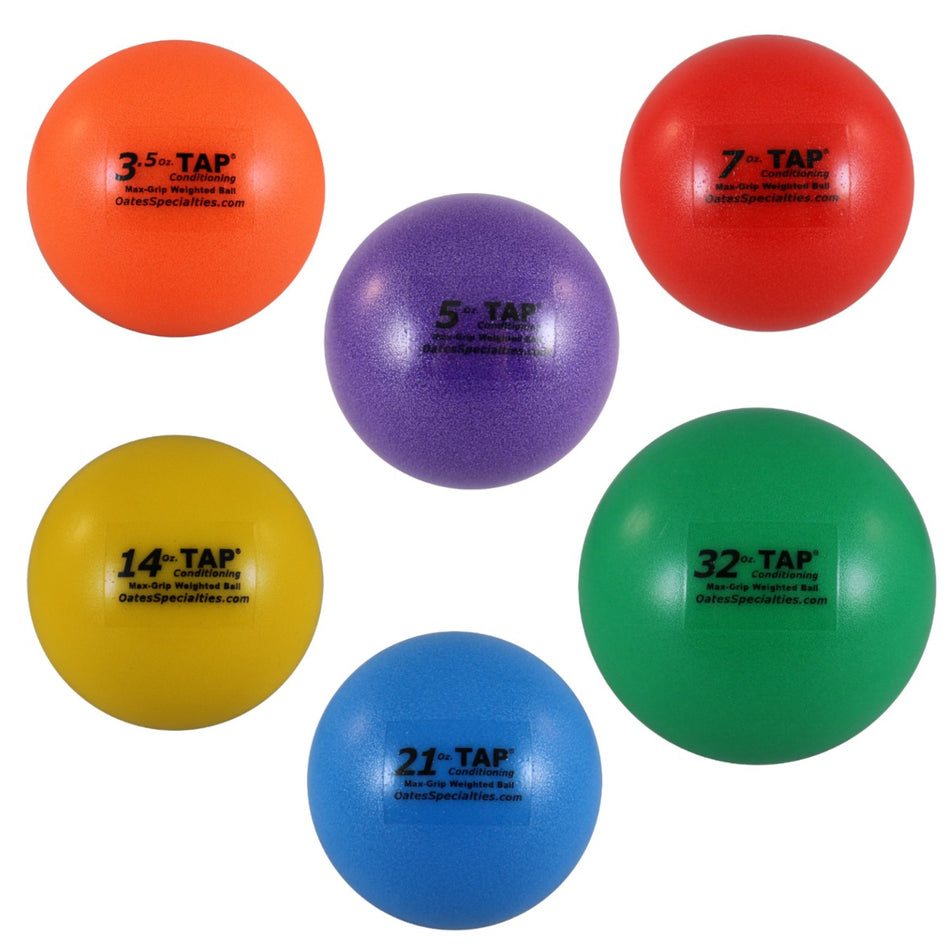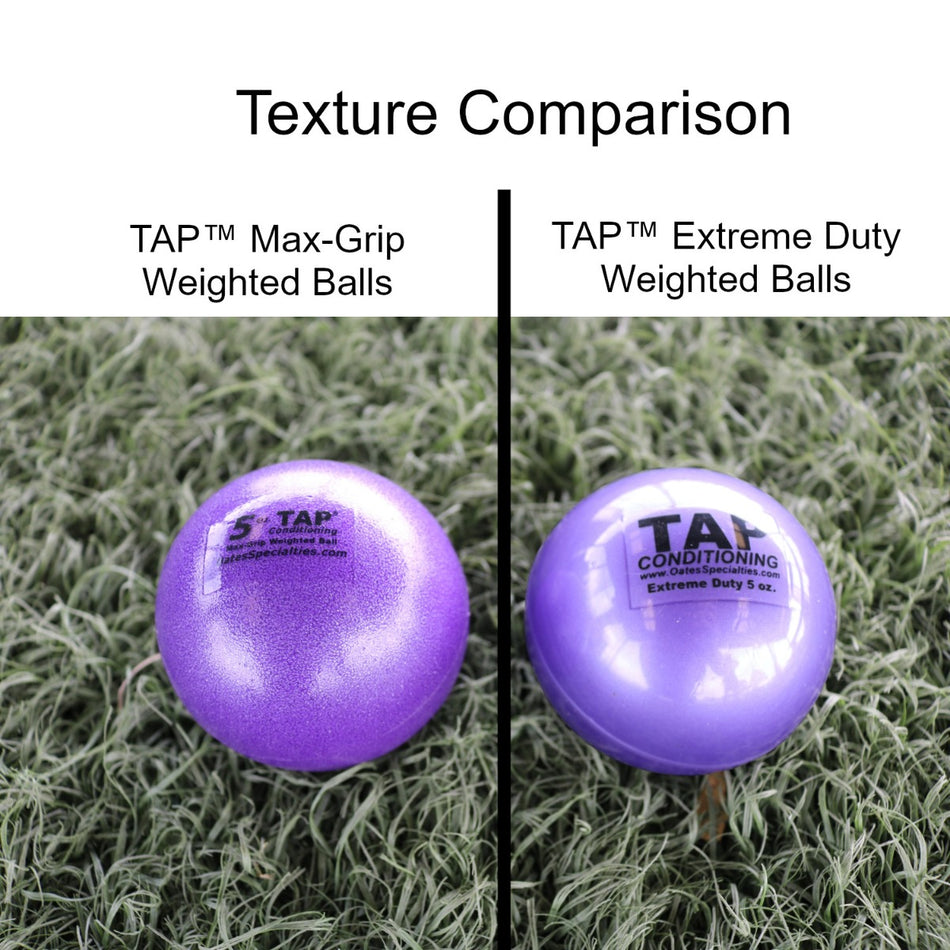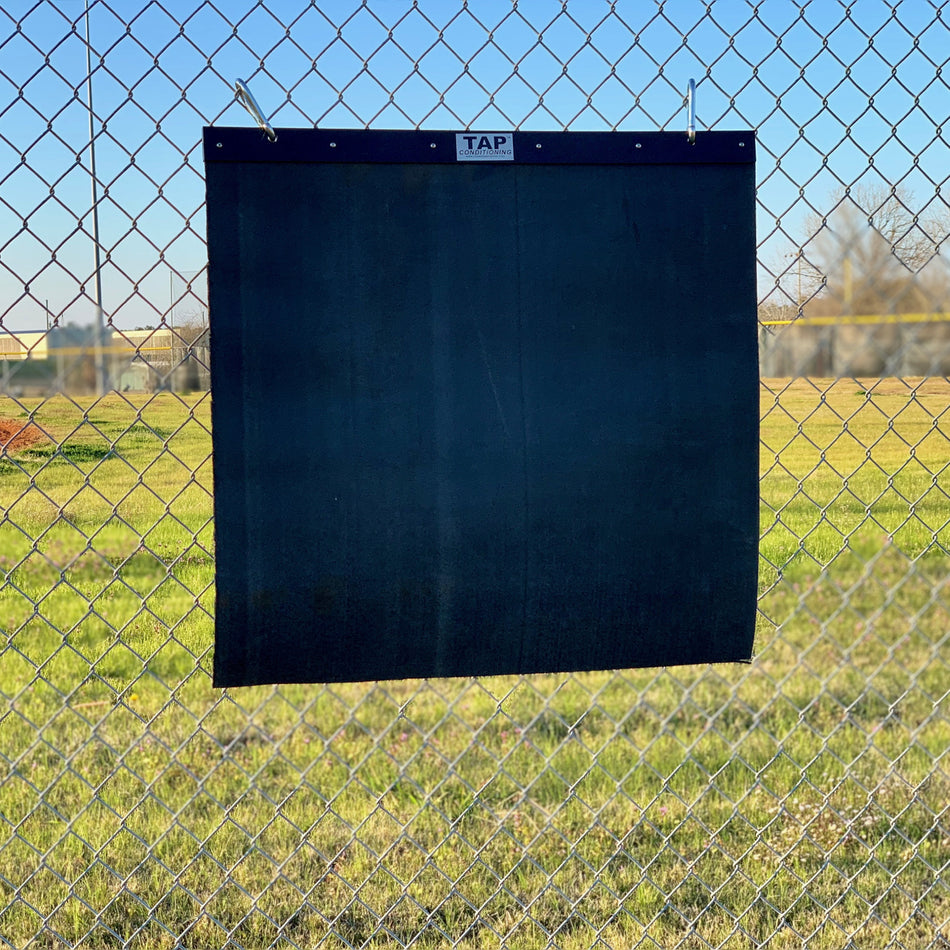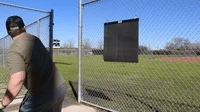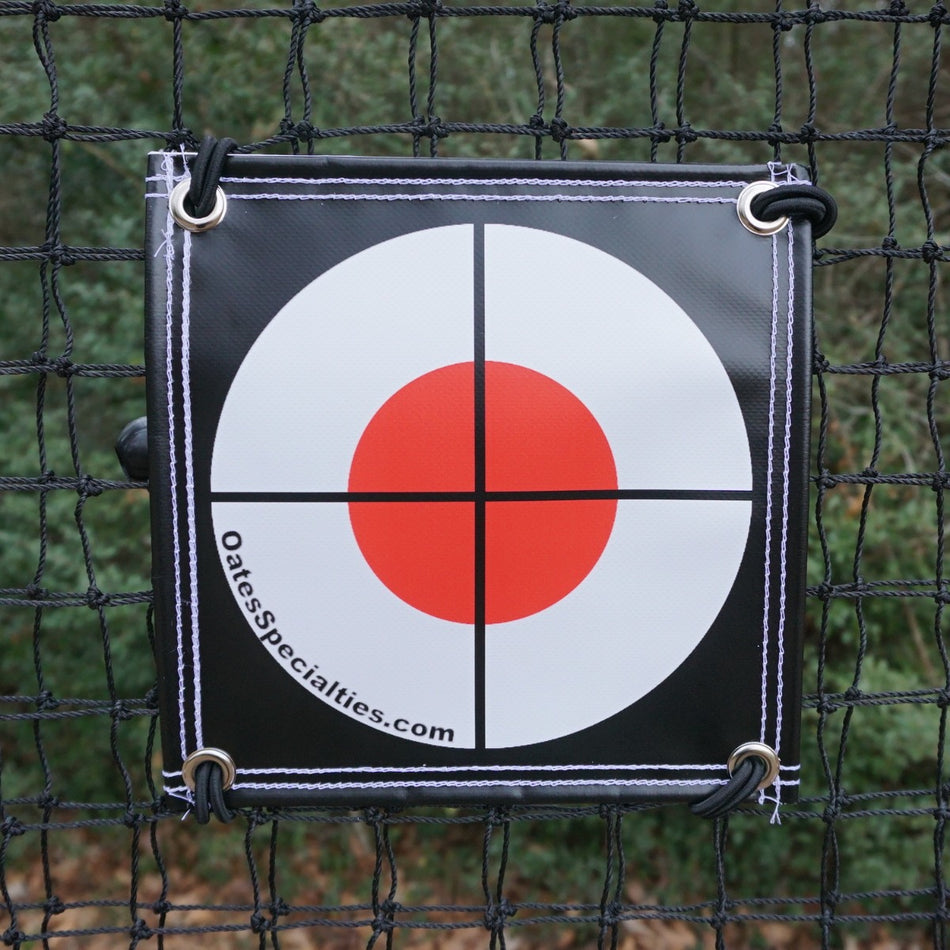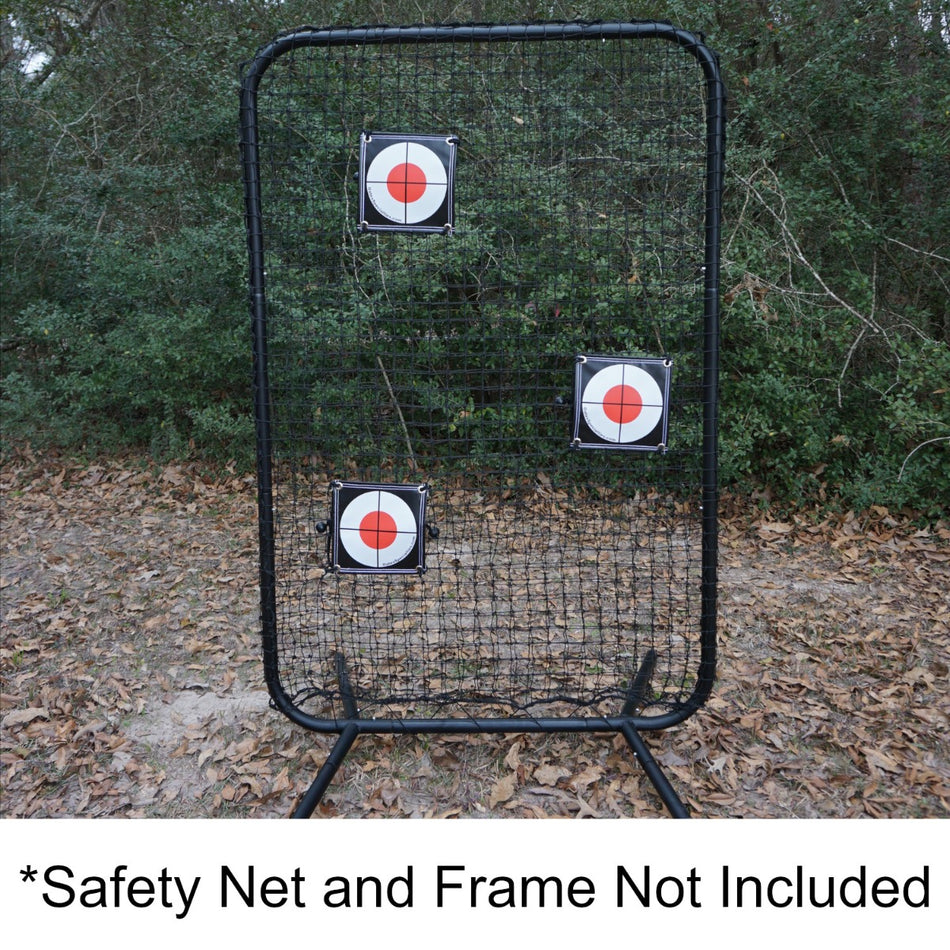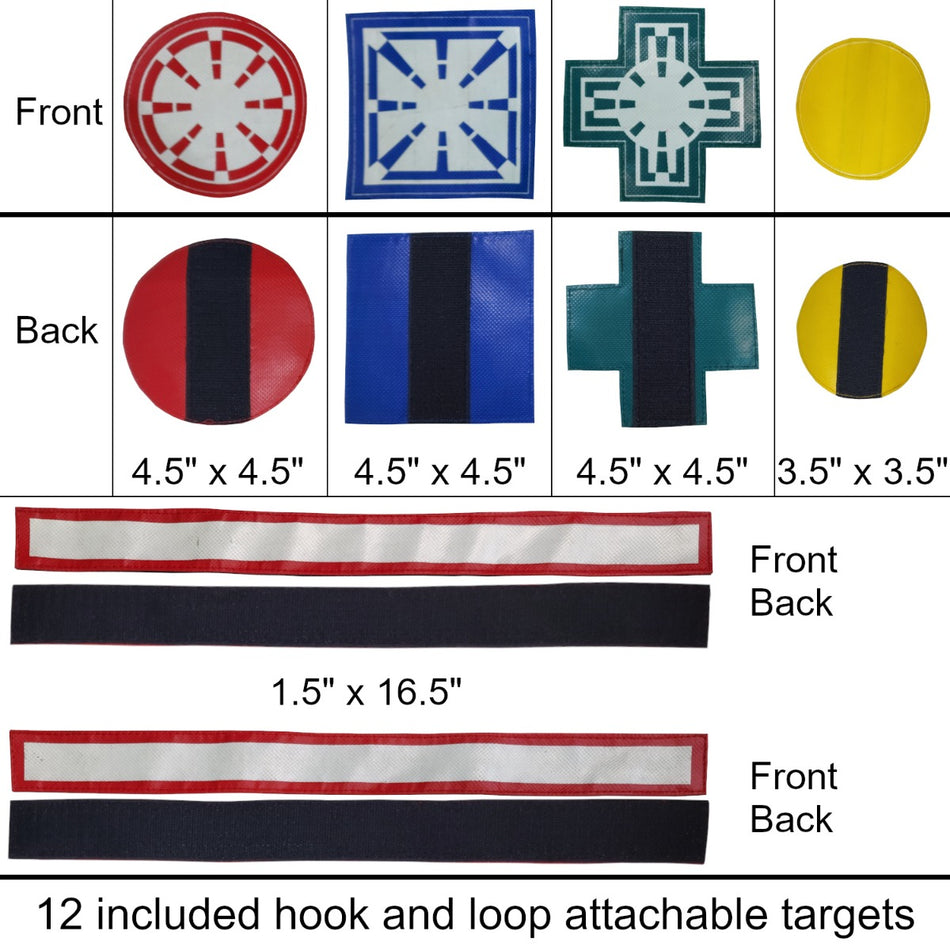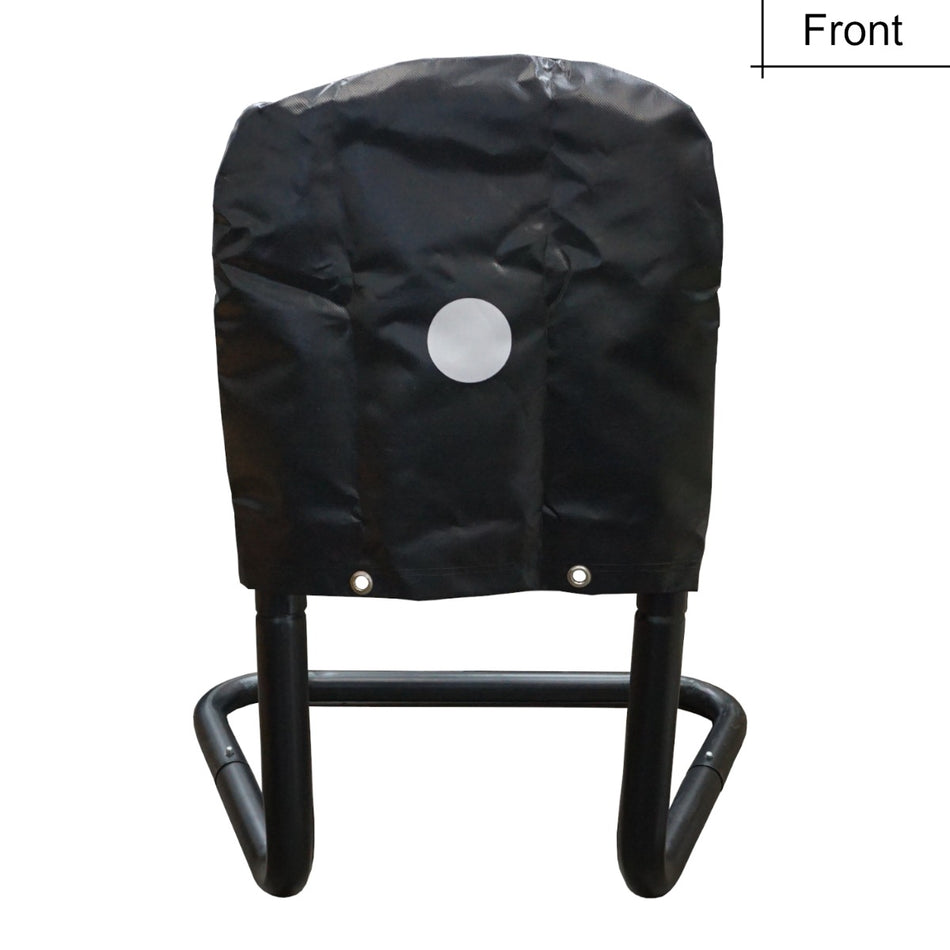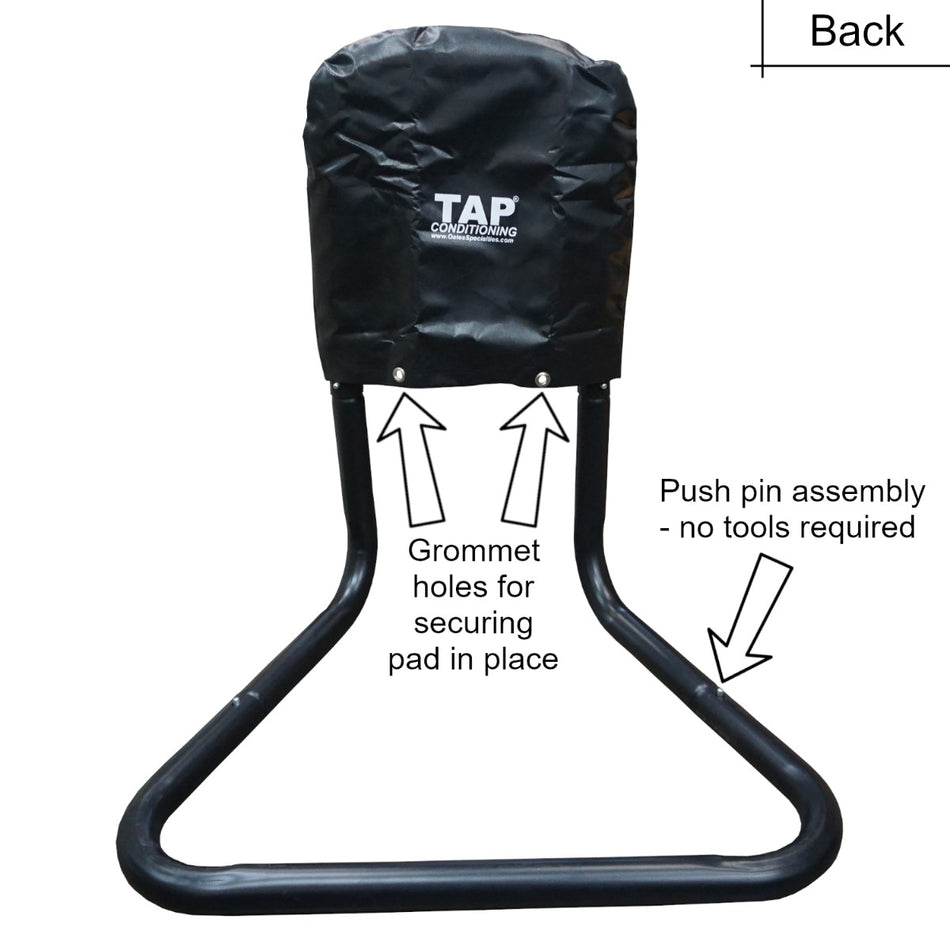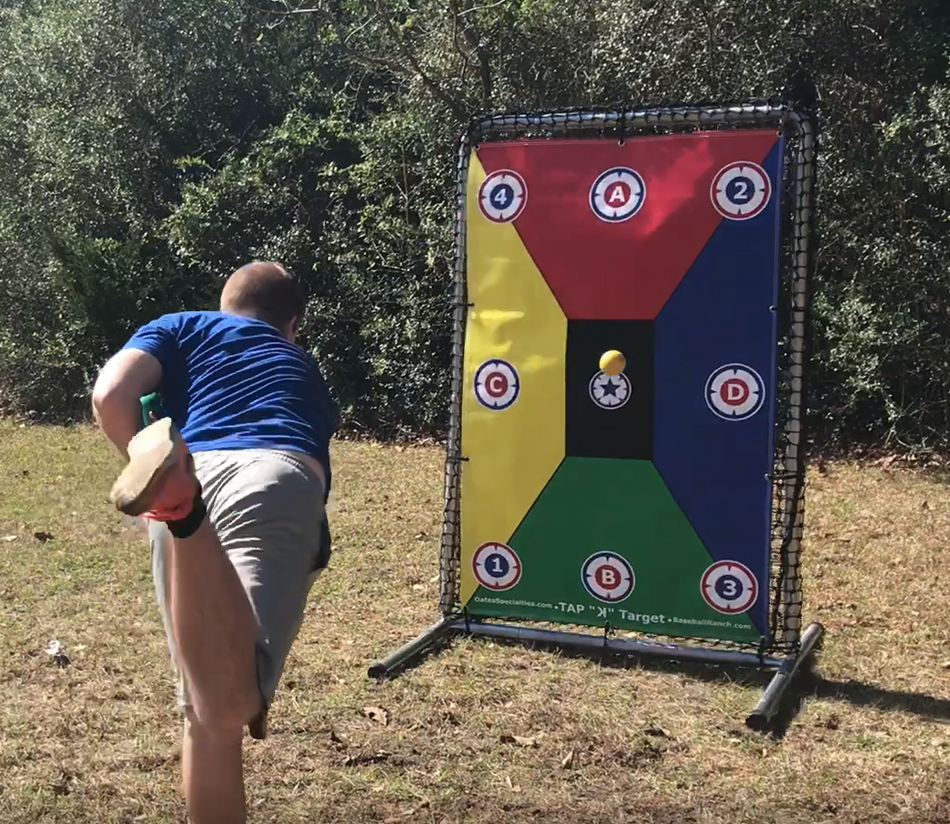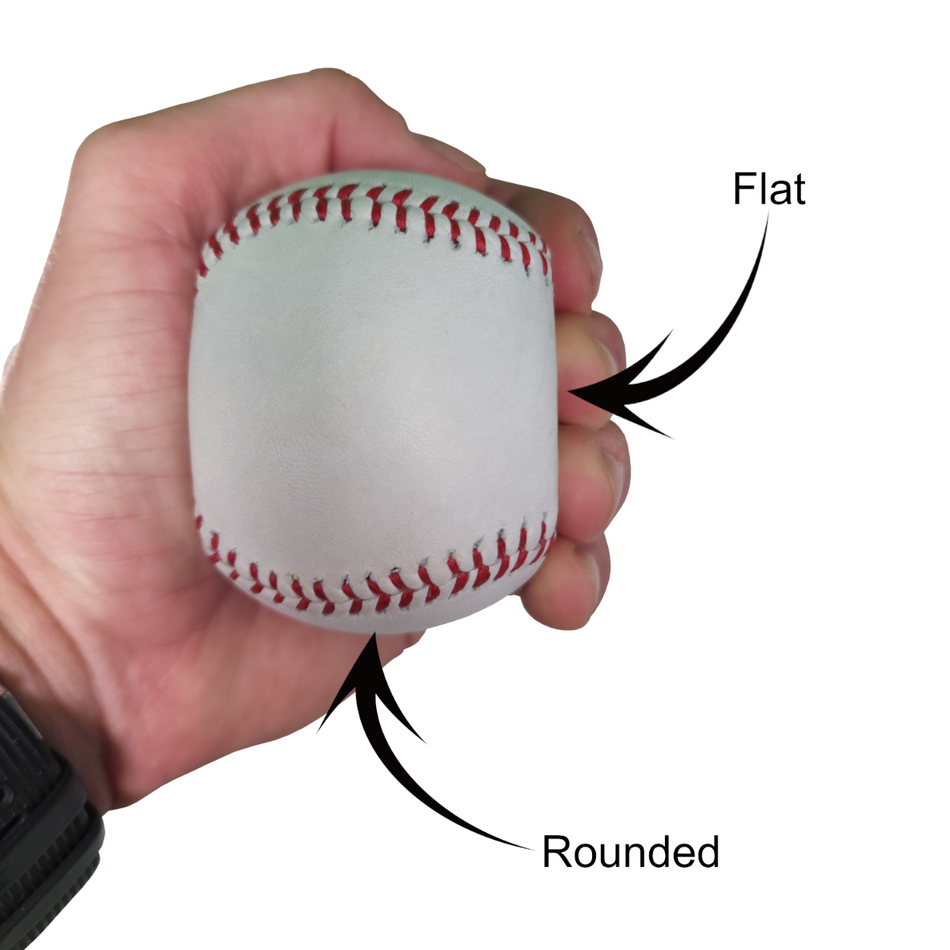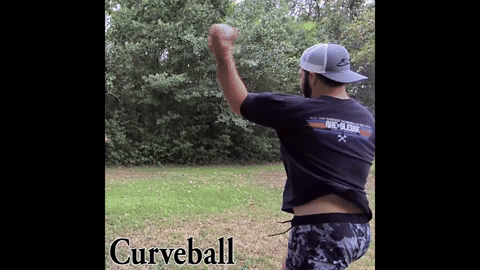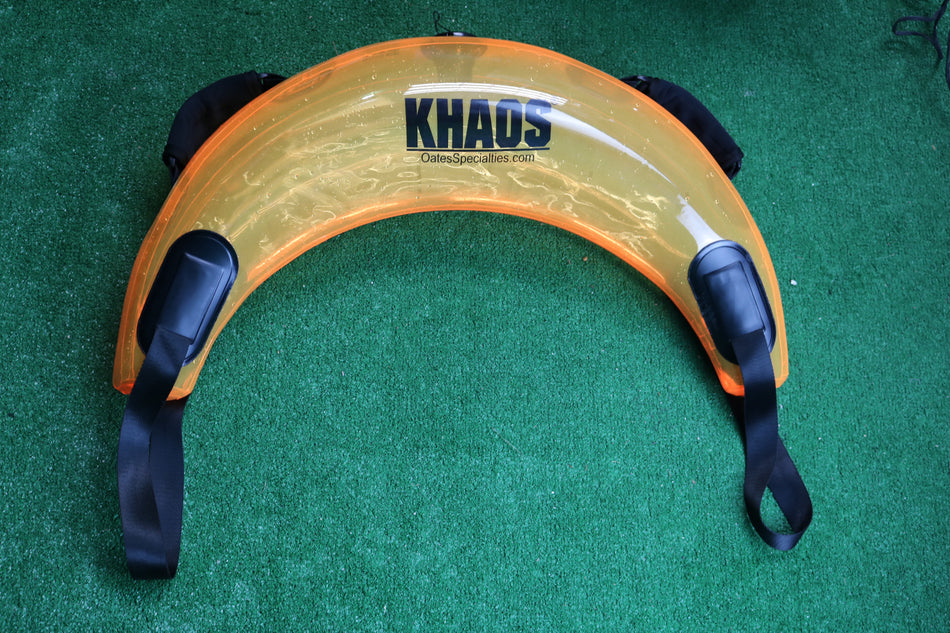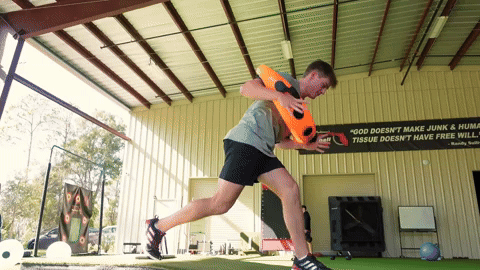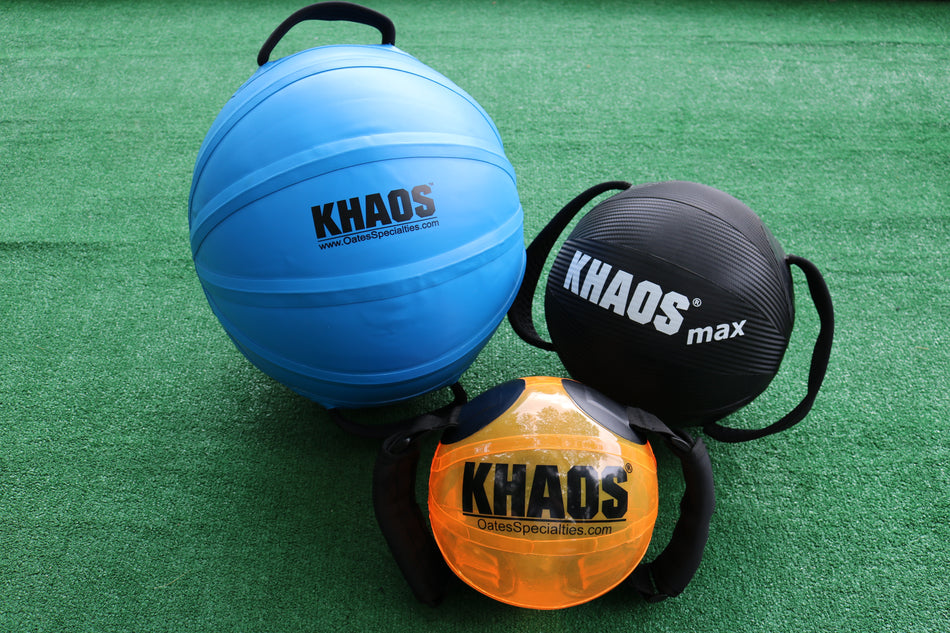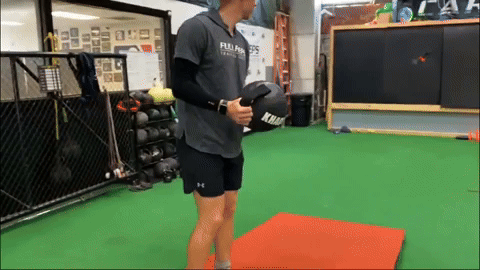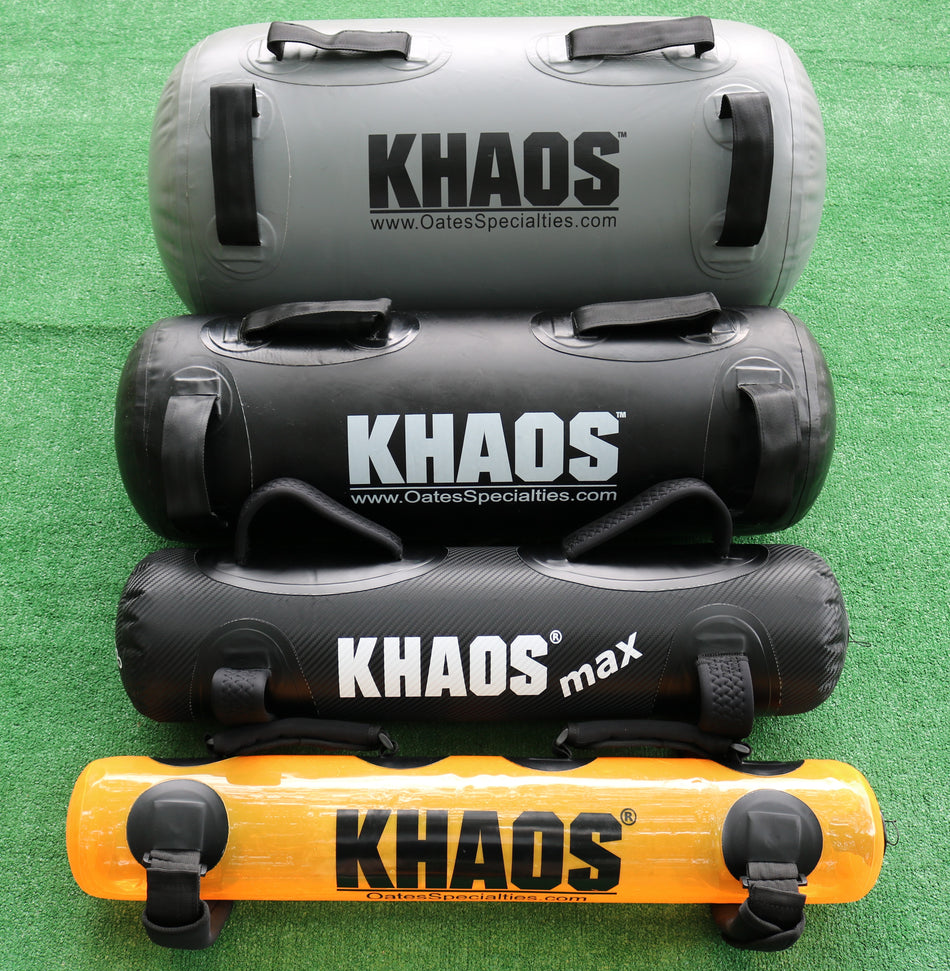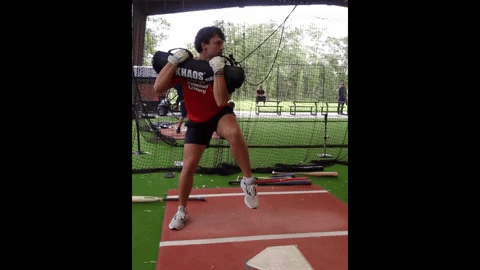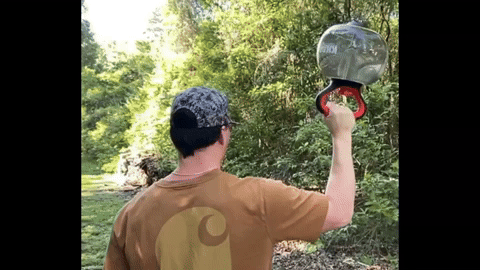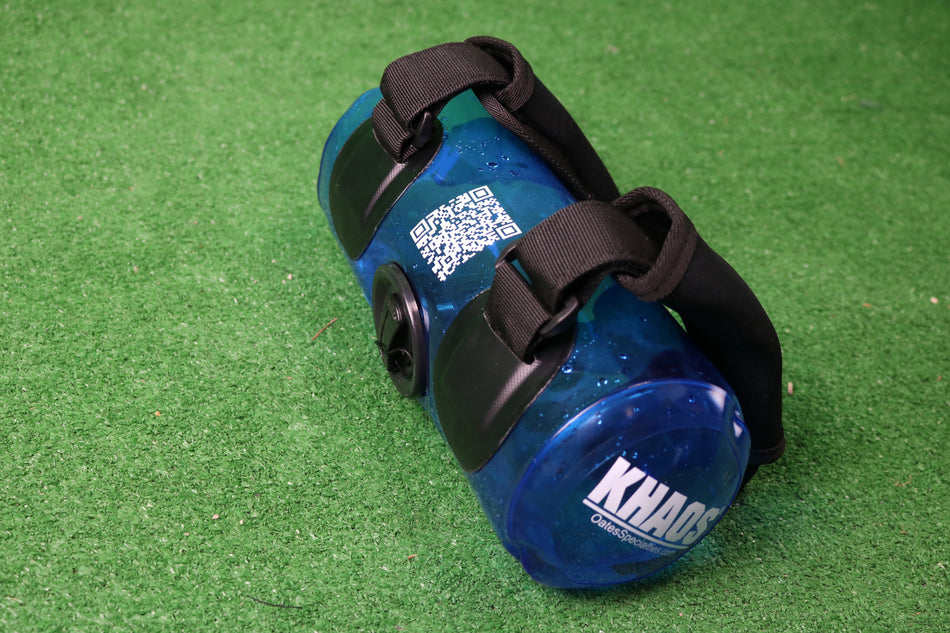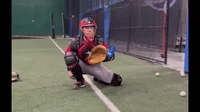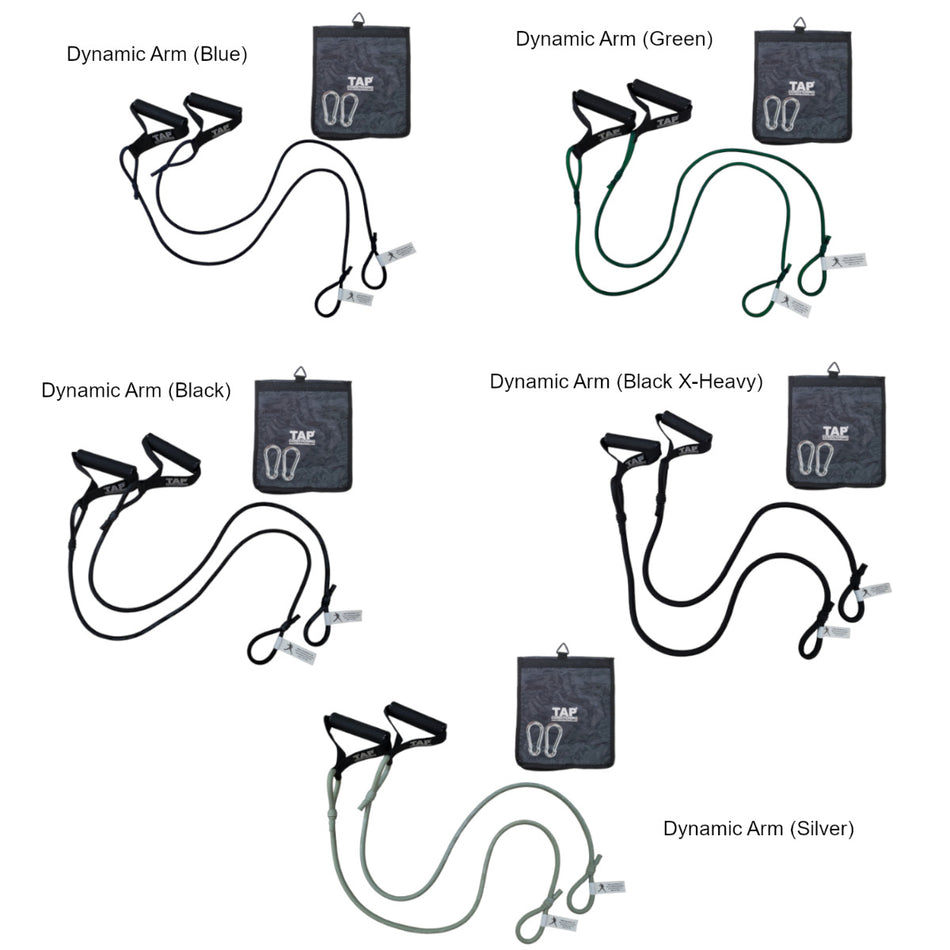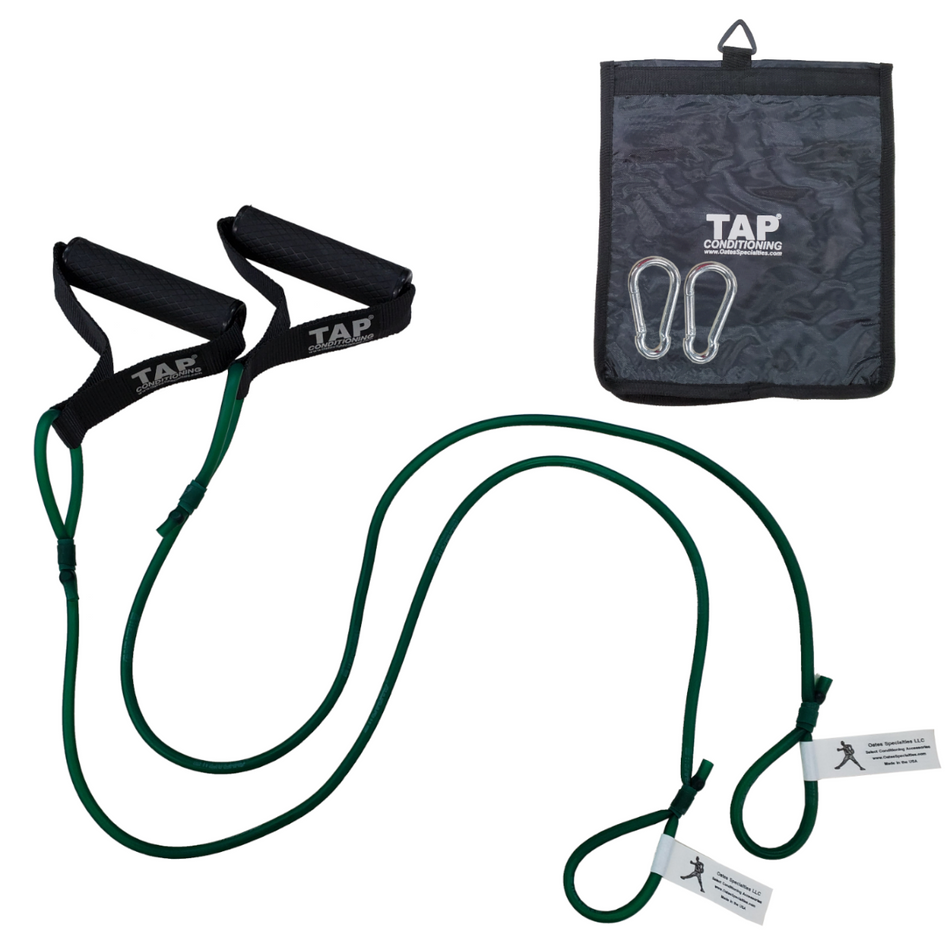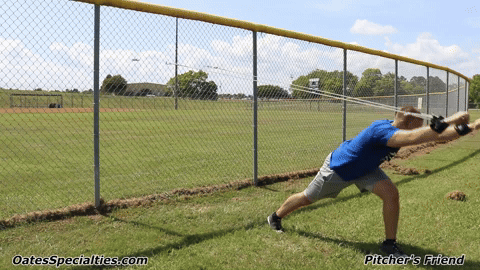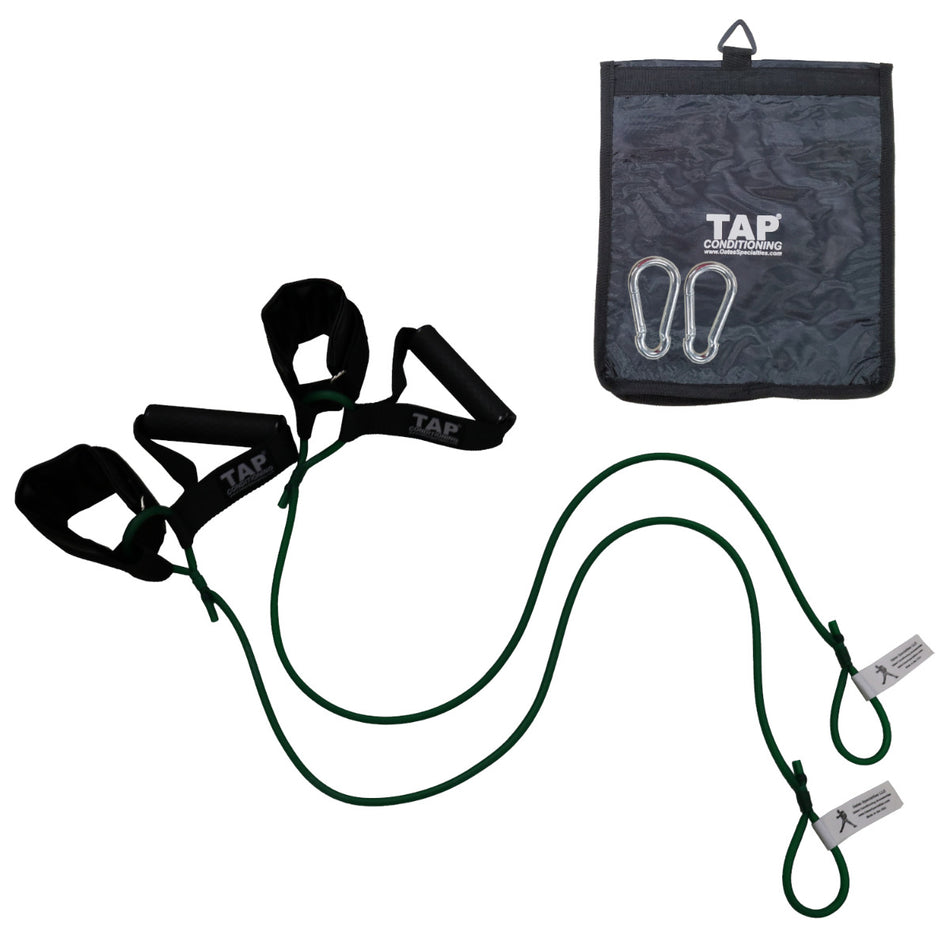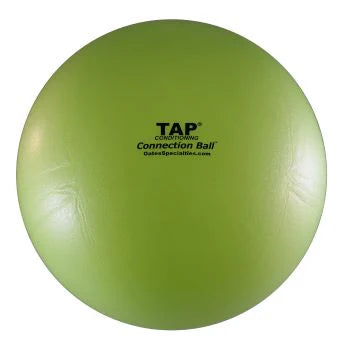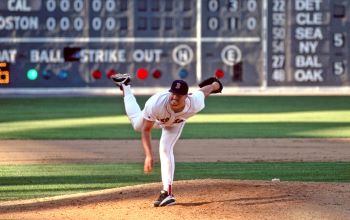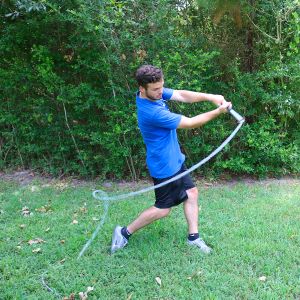I know this may seem like an interesting title to one of my blogs as I normally write about conditioning regimens, workout equipment, or how to improve an athlete’s baseball specific skill set. However, my father and I have realized in the past few years that although a lot of the products Oates Specialties carries is designed with a baseball, softball, or throwing athlete in mind, the equipment has one universal characteristic: athleticism. What I mean by that is most of our conditioning tools encourage, require, or even demand that an athlete be as explosive and athletic as he or she can. This realization led us to begin promoting our equipment not just as baseball specific, but as tools that transcend individual sports to the broader theme of developing well conditioned and explosive athletes. That said, last week I was at the Texas High School Coaches Association Convention in Fort Worth and I had a coach approach me with the question, “What equipment do you sell to improve/increase a vertical jump?” The reason this question stuck with me is because I have received it numerous times in the last few weeks. Only two weeks before while at the Texas Girls Coaches Association I was asked the same question. My answer to both of these coaches had more to do with a style of training than it did specific vertical improving equipment.
Many people are familiar with products such as the Vertimax or the SuperCat which are designed to specifically increase an athlete’s vertical jump by overload training. This is not what I recommended to these coaches though. My answer had to do with training an athlete, no matter the sport, to be as dynamic, athletic, and explosive as he or she could be. The human body is amazing because it will organize itself for the task at hand. This is a principle in motor learning in that if an athlete asks his body to consistently perform activities that require explosive movements, then over time it will learn to perform such movements more efficiently and with better results.
That said, my response to these coaches’ question is to have their athlete’s practice jumping. Now this might sound like an oversimplified or even ridiculous answer but it is actually quite simple. An athlete whose sport requires fast twitch, explosive movements needs to continuously learn to move his or her body as rapidly as possible. The way to do this is not to load the athlete down with heavy weight but instead to allow them to work with his/her body weight. If an athlete only loads his frame with heavy weight, this will increase strength, but will not teach the body to learn how to increase his ability to rapidly develop force.
A good explanation of the science behind this is noted in the following passage:
"Most jumping and power activities involve a counter movement (e.g., wind-up, backswing, crouch) during which the muscles involved are first stretched rapidly and then shortened to accelerate the body or limb…The counter movement involves muscles acting eccentrically to slow the body/limb and initiate the reverse desirable movement. As the muscles are activated, force is increased in the tendon-muscle complex, increasing its stiffness or resistance to stretching. The result is a storage of elastic energy in the muscles and tendons that is recovered in the subsequent desirable “release” movement. A suddenly imposed stretch also increases neural stimulation to the muscles." "Implication: Training for explosive power must include activities which maximize the stretch-reflex phenomenon in the preparatory phase of any movement." -Kraemer, W.J. & Newton, R.U. (1994). Training for improved vertical jump. Sports Science Exchange, 7 (6), 1-12.
As this passage suggests, in order to become better at jumping or power (explosive) activities the athlete needs to repeatedly force his muscles to stretch and then shorten to work on better acceleration of the body. If an athlete is going to have his vertical tested for example, he will not simply jump up with his legs straight. He will first crouch down performing a mini-squat or crouch before exploding up. This is what the article above means by stretching the muscles when going into the crouch and then exploding upwards. Therefore, my suggestion to these coaches is to have their players perform jumping activities. For example, box jumps are a phenomenal tool to train for increasing an athlete’s vertical jump. I would have my athlete consistently jump a certain height that he or she is barely capable of making and perform that jump until he is able to do so with ease before raising the height of the box or platform. As you raise the height the athlete is forced to find a way to link up his body in order to successfully land the jump.
Jumping from the ground onto a box is not the only type of box jump that is beneficial. Another type of jump can be performed with the athlete beginning on another box and hopping off of this box to the ground. As soon as the athlete touches the ground he has to redirect his energy and jump onto the other taller box. This forces an athlete to learn to redirect momentum and is a type of overload training with an athlete’s own body weight.
The last type of box jump that can be done is on a single leg. Of course the box the athlete is jumping onto must be much shorter but this teaches the athlete to make an explosive movement while not in the most powerful position. It also helps to strengthen each individual leg.
Click here for a video demonstrating many of the different types of box jumps.
I can write about this topic with confidence because I have experienced the benefits of such a training regimen first hand. During the offseason after my first season of professional baseball, I changed the way I trained. I got rid of anything in my routine that did not target the ATP/fast twitch energy system and instead only performed ballistic, explosive movements. I incorporated the three types of box jumps above into my routine because I knew that any type of training that required me to move my body in a dynamic way would be beneficial. The overhaul to my training program delivered tremendous results.
Although I experienced many benefits as I became a more explosive athlete, for the purposes of this blog I want to mention one in particular. I was able to dunk a basketball for the first time in my life. Sure, I could grab the rim in the past but never could I actually take a basketball above the rim and put it in. I accomplished this feat the week before I reported to Spring Training and it sold me on the benefits of training within the ATP energy system.
So the simple answer to those coaches question about how to improve an athlete’s vertical: have them train to be more explosive in everything they do, and more specifically, have them train to be more athletic jumpers.
Until next time, Brian Oates
Brian@Oatesspecialties.com


